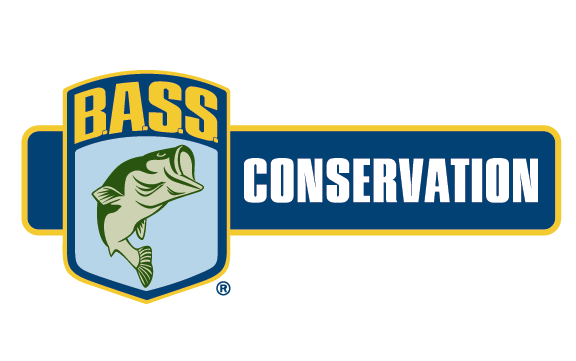
HAGER CITY, Wis. – An ambitious plan to restore a fishery on the Upper Mississippi River has been developed. But it will need the help of local bass clubs and other organizations, as well as municipalities and state agencies to succeed.
“This project is terribly needed,” said Ken Snow, former conservation director for the Wisconsin B.A.S.S. Nation and now a Pierce County Board Supervisor. “The back channel and lakes down from Noreen’s landing will be totally silted in within 10 years or so. That will leave us with very little winter habitat for bass, panfish and northern pike.”
For decades, backwaters of Lake Pepin, a natural lake on the river above Lock and Dam 4, have been filling in with sediment from the Minnesota and St. Croix Rivers, upstream tributaries bordered by agricultural lands. Just above the lake, the recently constructed Trenton Island Boat Landing was named “Noreen Clough Memorial” in 2015, to honor the former B.A.S.S. national conservation director who died of cancer.
A few miles down the river, the waters around Bay City provide stark confirmation of Snow’s concern. Much of it now is just 1 to 2 feet deep, according to Rylee Main, executive director of the Lake Pepin Legacy Alliance (LPLA), which is spearheading the effort, along with Audubon Minnesota, to gain support and funding for the rehabilitation.
And David Meixner, an outdoorsman and property owner near the small town added that dredging by the U.S. Army Corps of Engineers in 1965 was a great success.
“Most people looked at the dredging project as saving access to the river for commercial and sport fishing, as well as recreational boating. But it did much more than that,” he said.
“The deeper water around my land created an ideal spawning grounds for many of the fish that live in the river. For the last 50 years, these waters have produced bass, crappie, bluegill, walleye, northern pike and bowfins.”
Of course, the ideal solution would be to stop the flow of sediment from the tributaries, especially the Minnesota River. But that’s not going to happen in the short term. And even a project that focuses primarily on access or restoration by cleaning out the backwaters isn’t feasible because of the Corps’ budget priorities and restrictions.
But the Corps can finance up to $10 million through its Beneficial Use of Dredged Material program, if the alliance can raise $3 to $5 million during the next two years.
“We need community backing to fundraise the local share of a critical restoration project that would create new islands (from dredged material) engineered to alter the distribution of incoming and resuspended sediment,” LPLA said. “Island construction has already been done successfully throughout other portions of the Mississippi River and is expected to have numerous benefits for Lake Pepin.”
Projected benefits include improved quantity and quality of backwater habitat for fish, increased acreage of aquatic vegetation, and direct sediment accumulation creating habitat conditions that will support a diversity of species.
“We can’t list access as a priority, but there are ways to incorporate these things,” Main said. “At Bay City, we’d have to dredge an access channel to get to the work area and then that channel would be left for residents to get to the main body of the lake. The city and community would really benefit. Also, it would improve the fishing and the overwintering areas.
“But access can’t be a primary objective.”
With the Corps onboard, the Wisconsin Department of Natural Resources had indicated that it also will support the effort, she added.
“There’s a case to be made for Minnesota to get involved too,” Main said. “That’s where much of the sediment is coming from. The tricky part is that it (project area) is all in Wisconsin jurisdiction.”
Right now, a feasibility study is underway, with resource managers surveying fish and mussel populations, as well as making shoreline assessments. A full draft plan and cost analysis should be ready sometime in 2018, followed by an environmental assessment. If all goes as planned, the final plan should be in place and all local funding secured by early 2019.
“Right now, we’re working on community engagement,” Main said. “We want people to know that this will improve habitat and extend the life of the lake by 50 years.
“This doesn’t address the upstream sediment coming in. But it’s the best we can do with funding available to extend the lifespan of Lake Pepin.”
For more information and to support the Lake Pepin Legacy Alliance go here.





